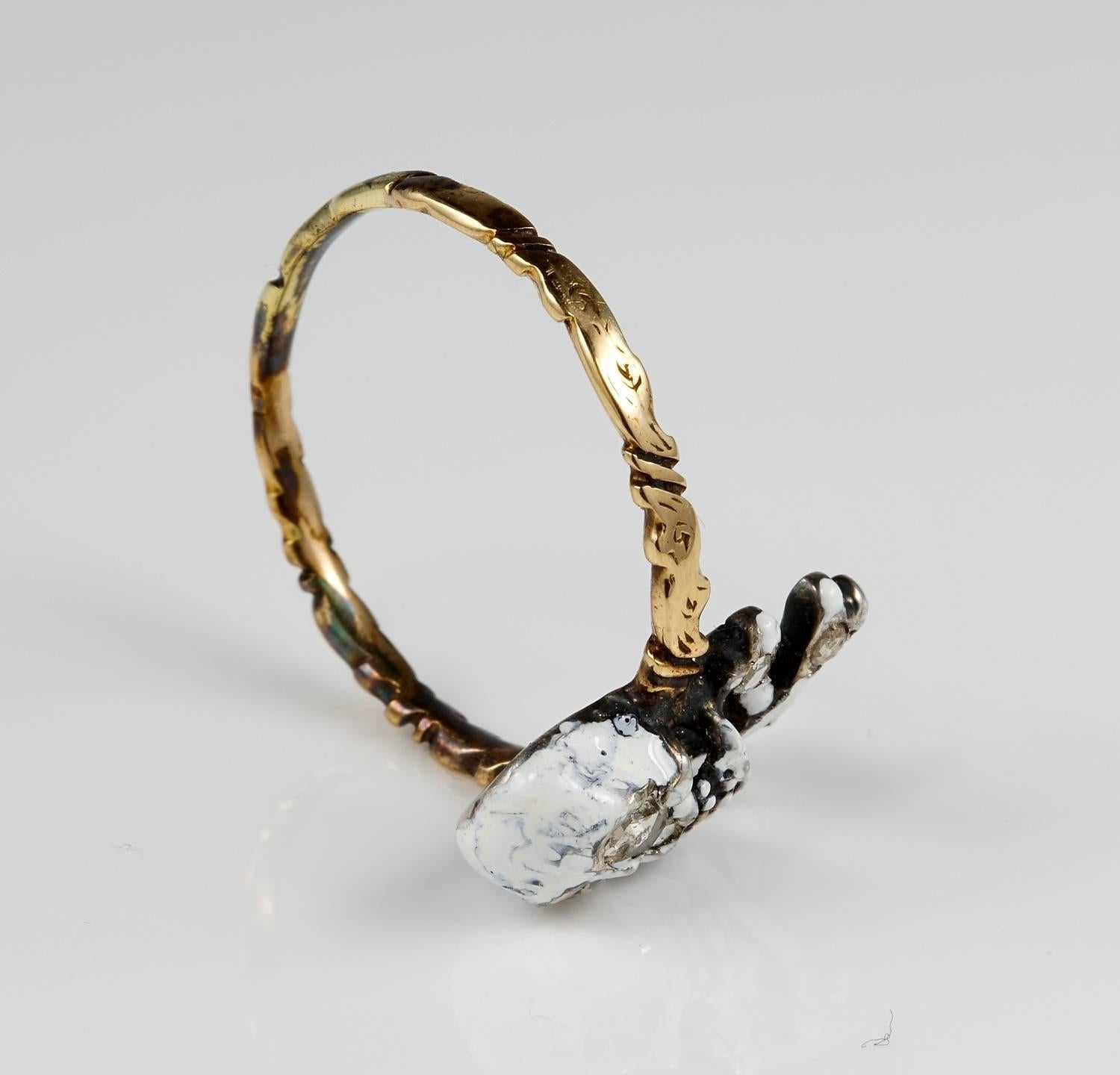

584 in the 1937 edn of the ‘Schatzkammer der Residenz, Munchen’), is of incomparably superior workmanship, and is now reliably attributed to the Munich workshop of Hans Reimer, c. The well-known example in Munich, which was first recorded in the 1598 Inventory of the Bavarian Ducal Kunstkammer (see no. 208), but in the absence of a detailed study of comparable finger-rings with reliable provenances the firm attribution to a German workshop is perhaps over-confident. More cautiously it was again illustrated as “German, 16th century” (see C. 1560” without any mention in the text, and without any owner's name or acknowledgement that it is in the British Museum's collections (see Hackenbroch 1979, fig. More recently it has been illustrated and captioned as “German, c. The attribution of this ring, “German, 16th century”, was made in Read 1902 and was repeated in Dalton 19. Confirmation of this interpretation is still awaited from local records. So exactly does this brief description fit the Waddesdon ring that, despite the absence of an illustration or a fuller account of the ring, there seems ample justification for supposing that it might be the same and that in the eighteenth century this ring was in Edward Parker's Collection in Brigg, Lincolnshire. The whole curiously designed, and elaborately finished in fine gold, enriched with a diamond, a ruby, a saphire, and an emerald.”


In amongst the engraved gems lot 47 was the exception: “an ancient thumb ring with groups of figures supporting a book, within which is a Latin inscription, figures, &c. decd., Late of Brigg, in Lincolnshire’ was put up for sale. selected with great Judgment by Edward Parker, Esq. Also a valuable Collection of Antique Cameos and Intaglios, in Rings, Seals, etc, including many curious and interesting subjects. In a private communication from Mrs Diana Scarisbrick the author's attention was drawn to the much earlier Christie sale catalogue of 14 and 15 December 1781, when a collection of' ‘Pictures, Bronzes and Marbles. Bohn, which incorporates with his ‘Guide’ to the Collection a complete reprint of all the many days' sale catalogues, together with the prices fetched and the names of the purchasers, contains no description of this ring nor any account of how or when it had been acquired by Ralph Bernal. The Bernal Collection, sold at Christie's, London, on 5 March-30 April 1855, appears not to have contained this ring by that date.Ĭommentary: The Bernal Collection provenance was given in Read 1902 but without any precise reference the 1857 post-sale publication on the Bernal Collection by H. Provenance: Stated in Read 1902 and Dalton 1912 to have been formerly in the Collection of Ralph Bernal, Esq., MP. Origin: Perhaps Flemish, mid-16th century.


 0 kommentar(er)
0 kommentar(er)
